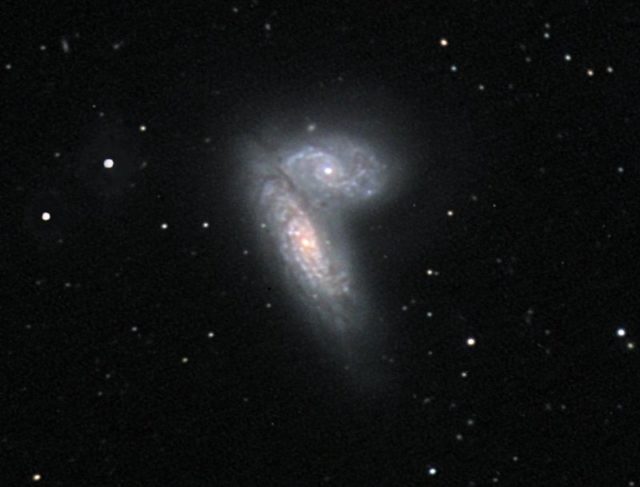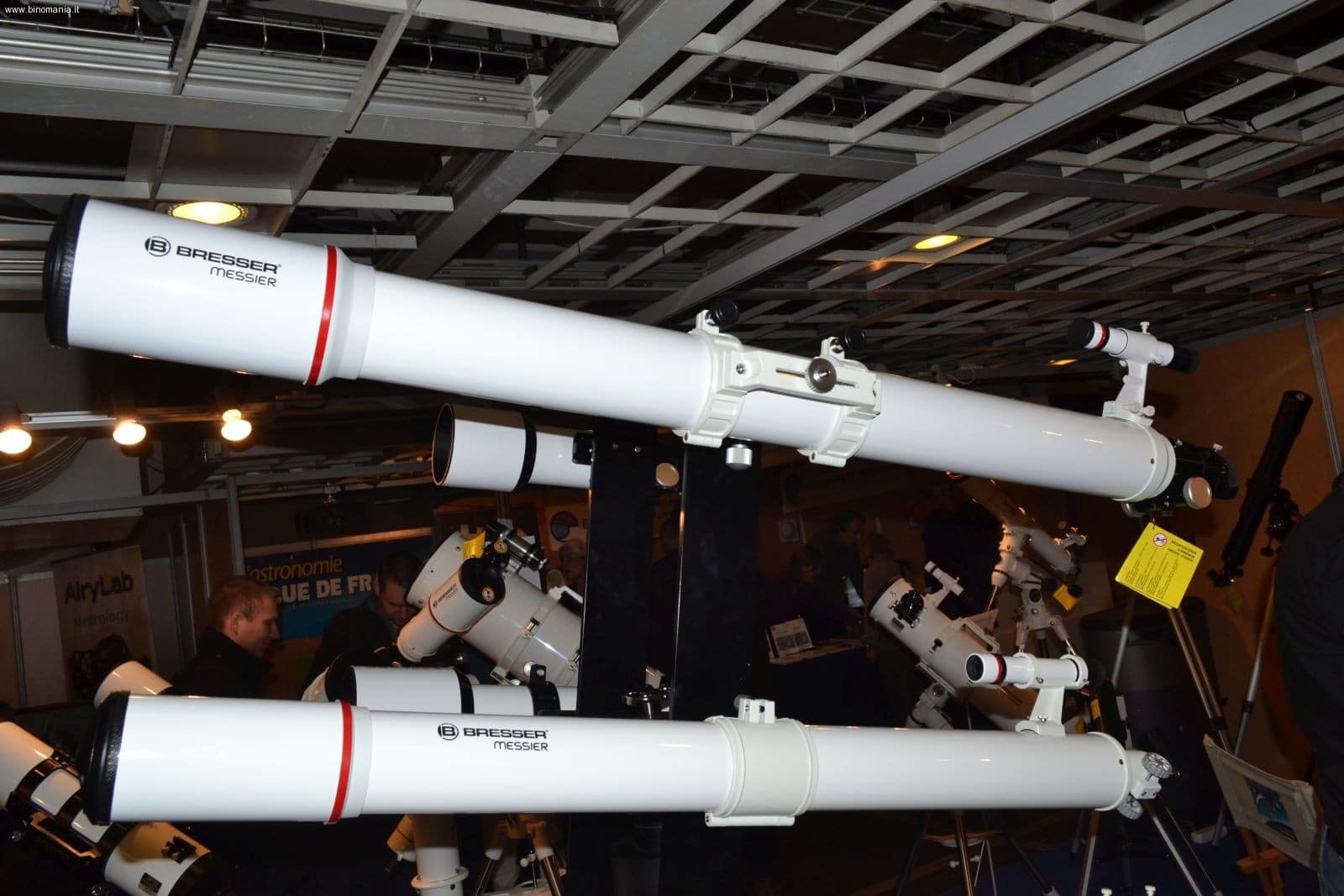-
Posts
53,760 -
Joined
-
Last visited
-
Days Won
455
Content Type
Profiles
Forums
Gallery
Events
Blogs
Posts posted by John
-
-
Hi and welcome to the forum.
I've edited the title of your post to add the bit about observing the Sun with your Skywatcher 114. You should get more advice with a more specific title

-
50 minutes ago, Philip R said:
The Contrast Booster and CLS filter are quite different to the UHC and O-III filters.
The CB and CLS are broadband filters. The UHC is a narrowband and the O-III is a line filter. More on these classes of filters here:
https://www.prairieastronomyclub.org/useful-filters-for-viewing-deep-sky-objects/
-
 1
1
-
-
On 15/04/2020 at 22:37, Frostak said:
I'll think about whether to get the BST or just wait a while and maybe get something at a higher price point.
Thanks for all the information you provided. Much appreciated!You have to spend quite a bit more to get much in the way of better optical performance than the mid focal length BST Starguiders

-
 2
2
-
-
9 hours ago, Space Hopper said:
....I'm not expecting to see a 'night and day' difference, but who knows, i may be surprised ?
I think the biggest factor here, are the UK skys, rather than our diagonals that we use in our scopes.
I used to think that but I feel that diagonal choice does matter a bit more now:
-
 1
1
-
-
23 minutes ago, Camalajs525 said:
Are they applicable to all telescopes?
The UHC type work better with smaller scopes than the O-III type. The CLS type barely have any effect in my experience. These things only work with nebulae (ie: not galaxies or clusters) and the improvements are subtle rather than startling but the contrast in the nebulosity is improved to some extent.
-
 2
2
-
-
Great haul of lovely targets !
Time just slips by when you get into the "zone" deep sky hunting

-
 1
1
-
-
I did have a Lunt 50 h-alpha scope for a while a year or so back but for me, my interest in observing the Sun did not really take off (probably the quiet Sun didn't help either) so I decided that I had too much tied up in that piece of equipment and sold it.
I now have a much less expensive Lunt Herschel Wedge which gives me nice white light views when I want them using the scopes that I use for nighttime use.
I guess if you get the h-alpha bug then the money will seem like a good investment as the solar activity gradually increases.
-
A good session despite that missing SN Mark.
Sorry that you did not quite get that but you did spy some other nice targets

-
Thanks for that Geoff

It strikes me that comet observing is a bit like following the England football team in major tournaments. Lots of enthusiasm and initially optimistic predictions but, eventually, the inevitable sense of anti-climax

-
 2
2
-
 4
4
-
-
Great report !
Glad you have "found" the simple pleasures of observing again

-
 1
1
-
-
Sounds like a good session Paul

-
I'll add tonights haul to last nights thread.
12 inch dobsonian again (3rd night in a row !). Got the Supernova SN2020ftl. Looked similar brightness to last night ~mag 14 ?
New galaxies tonight were:
Leo:
NGC 3193, 3190 and 3185 which are 3 of the 4 Leo Quintet in the lions "neck"
NGC 3605, 3607, 3608, 3626 and 3596 in the rear end of the lion.
Virgo:
NGC 4179
M 49
NGC 4526 and 4535 (the latter is known as "Copelands Lost Galaxy" and it's a faint surface brightness face on spiral)
M 87 (no jet, alas)
NGC 4478 and 4476
M 58, M 59 and M 60
NGC 4638
M89 and M90
NGC 4550 and 4564
And finally the "Siamese Twins" galaxies NGC 4567 and 4568 showing their "V" configuration quite nicely I thought at 122x (Ethos 13mm) as they interact together. Photo below by NASA.
Another fine night and I decided to stop at those two constellations rather than venturing into Coma Berenices tonight. I found the larger scale map of the Virgo / Coma cluster in the Sky & Telescope Pocket Sky Atlas very useful for navigating around this multitude of fuzzies.
Hope others have enjoyed these clear dark skies as well


-
 3
3
-
-
I did look at M87 a while back thie evening but not to for too long I'm afraid. I'm wading through the Virgo galaxy field currently and its easy to get distracted and rather lost !
There is some LP in the sky currently so not the best for spotting faint jets perhaps ?
-
 1
1
-
-
There is the excellent freeware planetarium "Stellarium":
This one is simple and printable:
https://www.heavens-above.com/skychart2.aspx
More here:
http://www.skymaps.com/downloads.html
Really detailed stuff here:
http://www.deepskywatch.com/deepsky-atlas.html
-
 2
2
-
-
That is about as far as you can take it. There are ball bearings within that silver and brass housing that bear against the shaft. If you take it off, getting it back on with the bearings in the correct place can be very tricky indeed. It's very difficult to get the same "feel" that it used to have.
-
-
Thanks for these reports Alan

AT2020ftl is the only one that is within my grasp here with my 12 inch, unless one of the others does something interesting, but I've really enjoyed observing that one over the past 2 nights. Great part of the sky to have a decent aperture on as well

-
 1
1
-
-
Nice report and some excellent binaries. Shame about the dew. I have dewing problems when I use my ED120 at the society observatory and find that an Astrozap dewshield on the end of the stock dewshield does a good job.
-
 1
1
-
-
This was the longest scope that I've ever owned - Istar 150mm F/12 achromat. A beast to find a stable mount for though


-
 4
4
-
-
1 hour ago, Camalajs525 said:
So, if I want to observe something at daytime I use the erecting eyepiece? What should I observe at daytime?
P.S: Sorry for the weird questions, I am very new to this.
Not astronomical targets. Landscapes, ships at sea, distant animals and birds. That sort of thing.
-
 1
1
-
-
-
The 1.5x erecting eyepiece turns the image to a fully corrected (ie: up, down, left and right as our eyes see it) view as well as acting as a 1.5x image amplifier. It is intended for terrestrial viewing rather than astro observing I believe.
-
 1
1
-
-
The company Antares is / was Canadian. Much of their stuff was imported from Japan or other Asian countries. I agree that the stopped down optics, once they became known about, were off putting.
Vixen used to make fine F/13 and F/15 achromat refractors. Much less of those around than the more familiar Vixen F/10 / F/11's
I used to lust after these Vixens (the scopes) which were branded Celestron back in the early 1980's:

-
 1
1
-
 1
1
-
-
Interesting that there are still good quality long focal length achromat refractors being produced.
These remind me of the Antares "Vixen Spec" achromats which were available a decade or so ago.
Bresser produced a couple of long achromats a couple of years back (90mm and 102mm) but they used a lot of plastic in these so I;m not sure how good they actually turned out to be ?:















Hole on Scope Cap?
in Getting Started With Observing
Posted
It does work but I've had a couple of glasses of decent wine so I can't attempt to explain the optics behind it. But it does work !